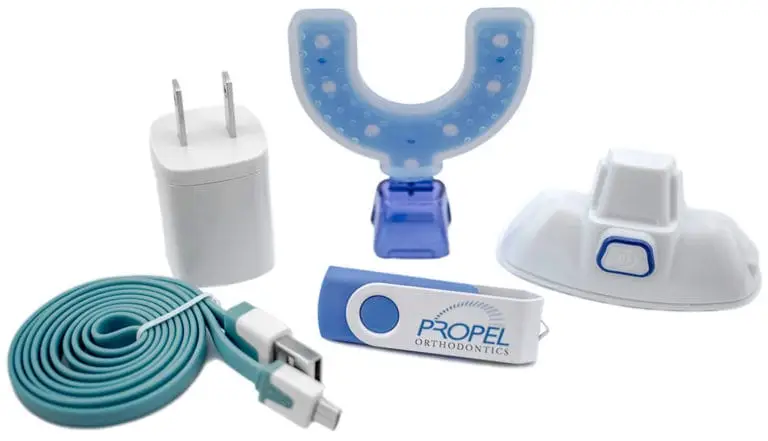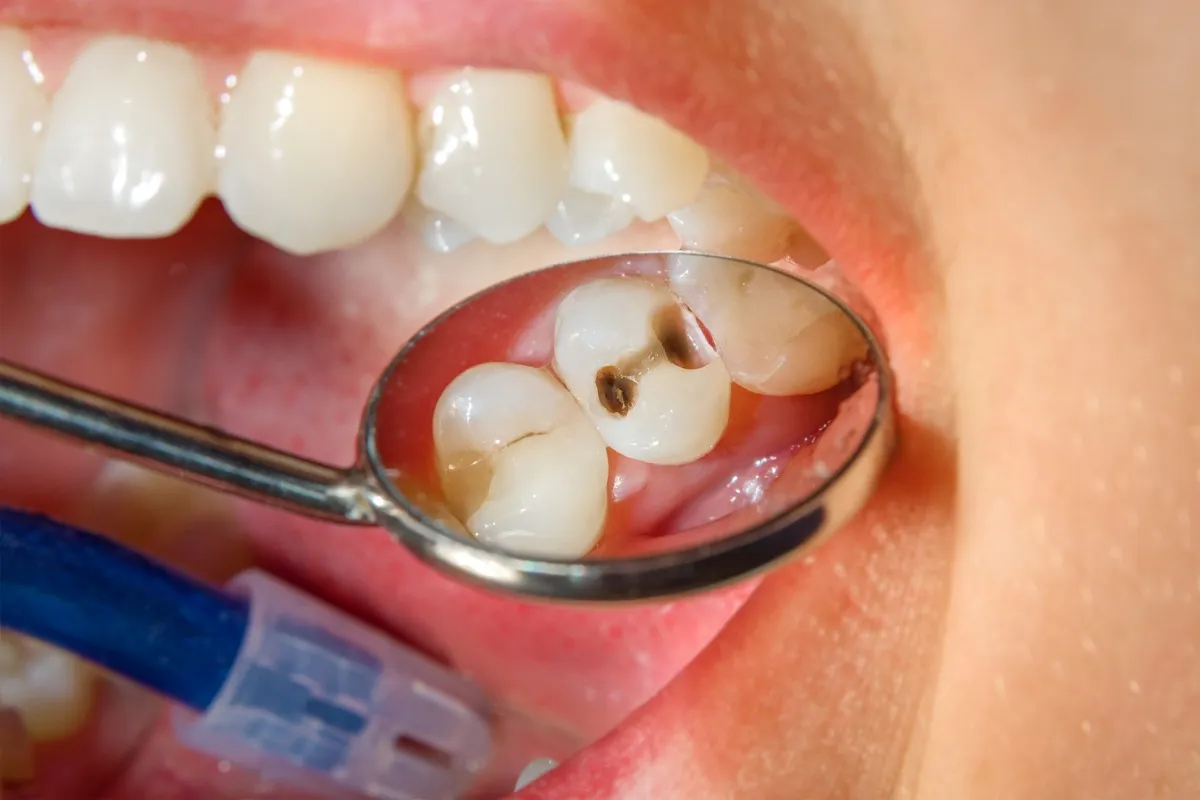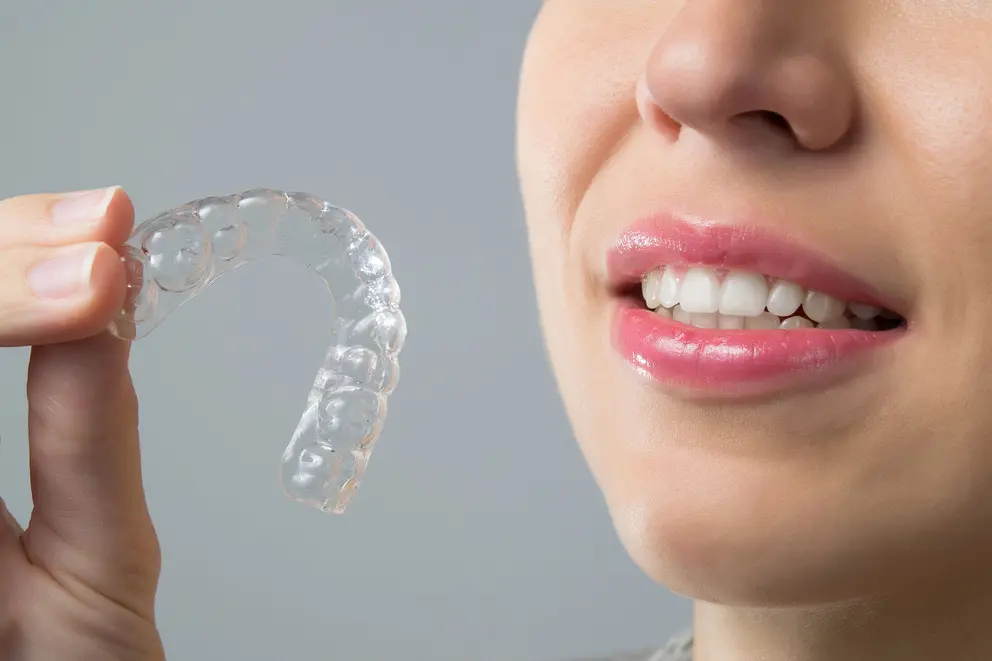
Accelerated Invisalign – Propel’s VPro5
Diamond Braces is happy to offer its patients VPro5 by Propel Invisalign, the latest tool that helps to straighten your teeth quicker.

Worried About
Cavities are a common issue. They affect 57% of teens and 90% of adults over 20, according to the CDC. If you’re considering clear aligners and fall into these statistics, you might be wondering how this could impact your treatment.
The cavity risk with clear aligners is a valid concern. Clear aligners can lead to cavities if not managed properly. However, maintaining good oral hygiene can help mitigate this risk. Regularly cleaning your aligners and maintaining your oral hygiene routine is essential.
Wondering about cavities and clear aligner treatment? Refer to our FAQ manual for more information.

Can You Get Aligners
Managing Cavities During Aligner Treatment is crucial. You can get aligners with an open cavity. However, it's not the most optimal selection. Driving a car with a broken exhaust is like.
The health of your teeth is important. You should address any cavities first. Clear aligner therapy allows for cavity treatment.
If your Invisalign trays aren't fitting post-treatment, there's no need for concern. Replacements are usually available at a minimal cost. Remember, proper care of your teeth is a priority. So, always ensure to manage cavities undergoing Invisalign treatment.
Schedule a Consultation Now
Do Clear Aligners
No. Neither clear aligners , braces , or any other orthodontic treatment will directly cause cavities, nor will they directly exacerbate the risk of them happening. However, clear aligners will demand an extra level of oral hygiene diligence; even though using a trustworthy tool is important, it’s even more important to utilize that tool responsibly.
Book a ConsultationCavities can be one problematic nuisance, with or without clear aligners. But that nuisance can be addressed by the “Three Cs”:
To protect your teeth and aligner trays, prioritize dental hygiene and cleanliness. Orthodontic appliances like aligners or braces can indirectly affect dental health, but they don't directly cause or prevent cavities. Your responsibility is key in cavity prevention.
What Happens If
Your orthodontist will address any existing open cavities before starting clear aligner therapy. But what if you develop a new cavity during treatment?
If a cavity forms during treatment, it takes priority. We need to fill or restore it right away.
If the filling changes the tooth’s shape a lot, the orthodontist may have to change the treatment plan. This is to keep the original fit.
Prompt response is crucial in these situations. This includes taking new impressions or scans.
Remember, it's essential to keep your teeth and gums healthy. You should brush your teeth for at least “22 hours” a day to prevent gum disease.
Schedule your orthodontic consult today
How to Avoid
Preventing cavities with aligners is no different from doing so without them. Maintaining a healthy smile is an ongoing effort. Staying committed to care, compliance, and cleanliness (the 3 C's) is key to reducing the risk of cavities.
To maintain due oral hygiene diligence, you should:
Beyond those basic care routines, the following steps can also help you minimize the risk of developing cavities and tooth decay:
If cavities appear while using aligners, seek help from your dentist or orthodontist. They can provide additional assistance and potential remedies.
Aligners are not the only option for straightening your teeth. Traditional metal braces, ceramic braces, and lingual braces are alternatives. These use wires and brackets to align your teeth. Regardless of the method you choose, maintaining dental care is crucial.